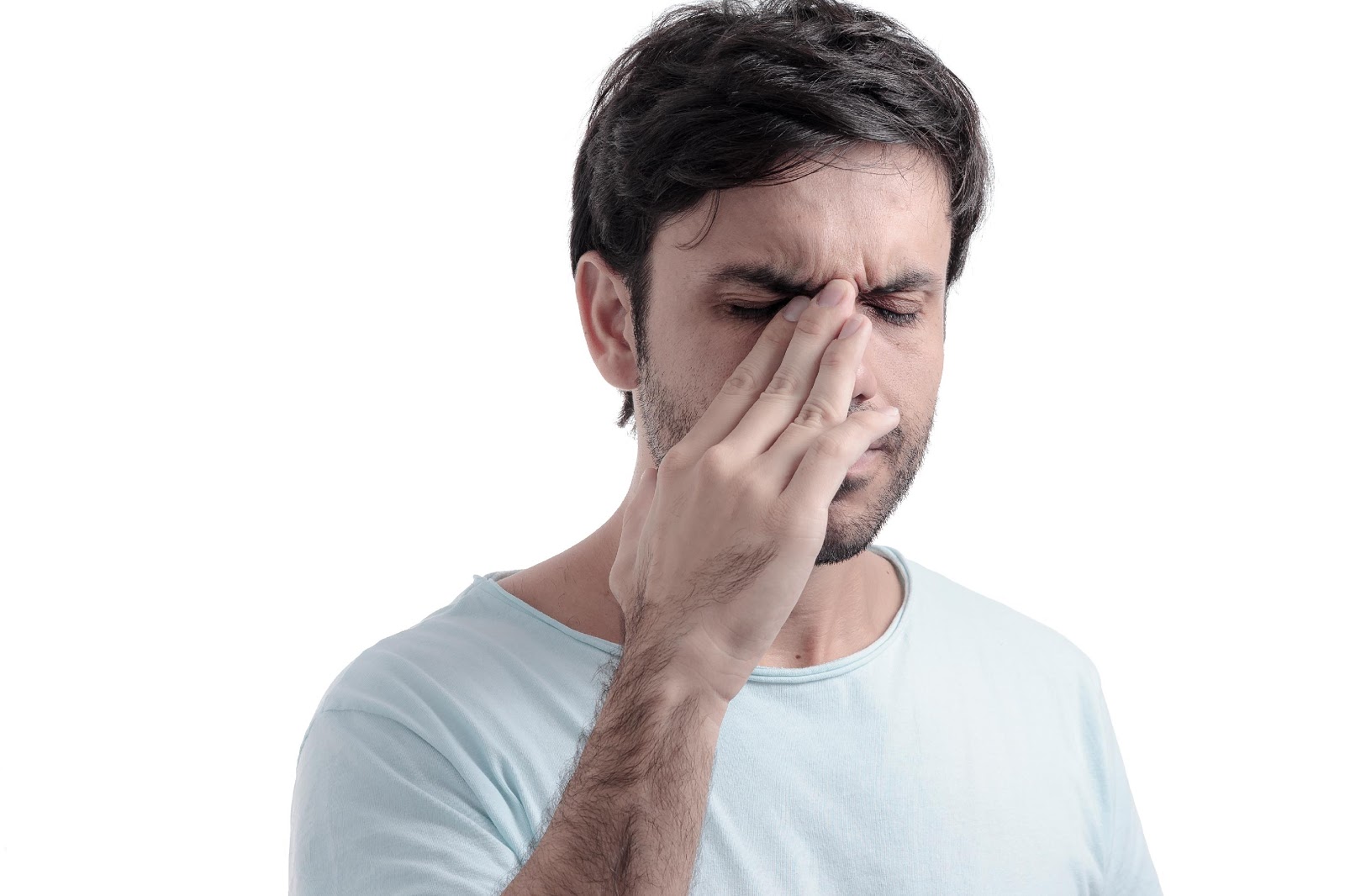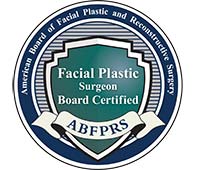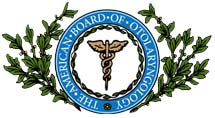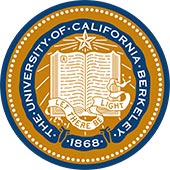
Chronic sinusitis is a very common medical disorder that affects the nose and inner nasal sinuses with a characteristic inflammation of the mucosa of the internal paranasal sinuses. Chronic sinusitis is defined as persistent sinus and nasal symptoms that last greater than 12 weeks. The underlying cause of chronic rhinosinusitis is incompletely understood, however, generally, inflammation due to a variety of causes is felt to be the better explanation rather than simply focusing on an infection as the primary source.
Chronic rhinosinusitis significantly affects the quality of life of millions of individuals in the United States and it is a significant cause of healthcare dollar expenditure. Treatment for chronic sinusitis is multi-faceted and there is no clear-cut single standard management. Conservative management includes medical and topical nasal medications, which are most commonly utilized initially, but vary in scope of treatment type depending on duration, chronicity, and whether or not nasal polyposis, active bacterial infection, or allergic fungal rhinosinusitis are deemed to be present. Sinus surgery is utilized when problems are persistent and problematic.
DIAGNOSIS OF CHRONIC RHINOSINUSITIS
Chronic rhinosinusitis is diagnosed when the characteristic and specific symptoms of sinusitis involving the nasal cavity and paranasal sinuses last for more than 12 weeks. In addition, a confirmation by nasal endoscopy and radiographic imaging such as CT scan provides additional assistance with this diagnosis. There is felt to be a multitude of causes for the inflammation of the mucosa in the sinonasal and nasal cavity regions. Successful treatment can be challenging but in most cases significant success can be achieved. specific symptoms of sinusitis involving the nasal cavity and paranasal sinuses last for more than 12 weeks. In addition, a confirmation by nasal endoscopy and radiographic imaging such as CT scan provides additional assistance with this diagnosis. There is felt to be a multitude of causes for the inflammation of the mucosa in the sinonasal and nasal cavity regions. Successful treatment can be challenging but in most cases significant success can be achieved.
Commonly, the diagnosis of chronic sinusitis is indicated when individuals have some or all of the following symptoms:
- Greater than 12 weeks duration of sinus symptoms
- Nasal airway obstruction
- Nasal congestion and nasal drainage
- Paranasal sinus pain or pressure
- Diminished smell
- Headache
- Diminished taste
- Inflammation of sinuses on CT scan
- Inflammation and swelling of nasal cavity mucosa on nasal endoscopy
FACTORS ASSOCIATED WITH CHRONIC RHINOSINUSITIS
The cause of chronic rhinosinusitis is most likely multifactorial in origin. Interestingly, there are a number of causative factors that are commonly associated with chronic rhinosinusitis. These need to be taken into account when developing the treatment plan for anyone with this condition.
Common etiological factors associated with chronic rhinosinusitis include the following:
- Mucociliary dyskinesia
- Cystic fibrosis

- Granulomatous disease
- GERD
- Aspirin hypersensitivity
- Nasal polyposis
- Asthma
- Immunodeficiency syndromes
- Significant upper respiratory tract viral infection
- Environmental irritant factors (i.e. dust, smog, smoke, chemicals)
- Previous nasal trauma and nasal septum deviation
- Chronic allergic rhinitis
- Kartagener’s syndrome
- Sinus bacterial infection
- Fungal infection
The multitude of associated factors with sinusitis suggests that chronic rhinosinusitis is a spectrum of diseases which is not essentially limited to a bacterial infection. This diversity lends itself to a broad range of medical and surgical treatments considerations. Once the diagnosis of chronic rhinosinusitis has been determined, targeted treatment is tailored for each specific individual.
When any one or combination of the above factors is encountered, the sinuses can become inflamed. Anytime there is inflammation, a bacterial infection can ultimately ensue. Staphylococcus aureus is the most common bacterial pathogen identified in chronic rhinosinusitis in the US and western countries. Other very common organisms include: Staphylococcus pneumonia, Moxarella catarrhalis, Streptococcus pyogenes, and anaerobic gram-negative bacteria. Polymicrobial floras are also commonly seen in chronic rhinosinusitis patients. Results of cultures performed on sinuses of individuals who have had sinus surgery have found organisms such as Pseudomonas, Klebsiella, Enterobacter, and Staphylococcus species.
A Few Reasons to Choose Facial Beauty
Low Risk Procedures
Every procedure requires some for of anesthesia and traditionally this is a General Anesthesia, meaning you are completely knocked out. At Facial Beauty, we utilize cutting-edge local anesthesia procedures where you are not fully knocked out but completely comfortable. The advantage of Local Anesthesia that there are less complications & faster recovery time. Our procedures generally take from an hour and thirty minutes to no more than three hours, allowing us to dramatically reduce any risk involved in the procedure.


Limited Downtime
Simple & Affordable Financing
At Facial Beauty, we offer low monthly payment plans and pre-qualifications for any additional treatments, affordability has never been easier. If you’ve ever let financing stand in your way of a new you, come talk to us about options you may not know you had. We can even do pre-approvals over the phone so please feel free to call us anytime.

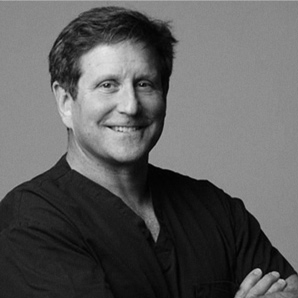
David Santos MD, FACS
Dr David Santos was the Medical Director for Lifestyle Lift, responsible for hundreds of facelift surgeons and thousands of procedures. Having performed over 4,000 facelift procedures himself, Dr. Santos is committed to finding cutting edge techniques to reduce the risk and minimize the downtime of facelift procedures.
- Member American Board of Facial Plastic and Reconstructive Surgery
- Member American Board of Otolarnyngology – Head and Neck Surgery
- Member American Academy of Facial Plastic and Reconstructive Surgery

